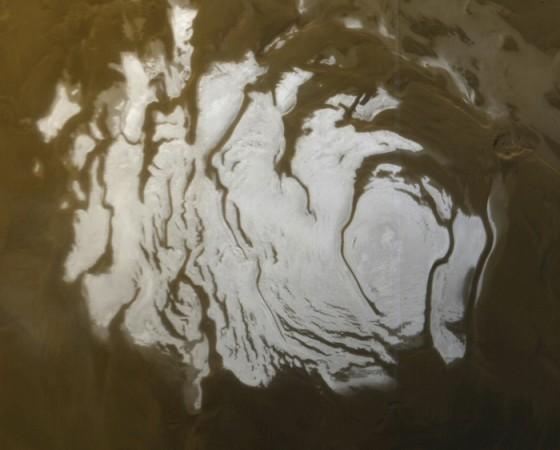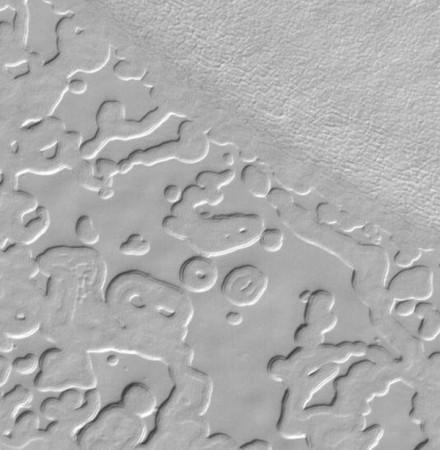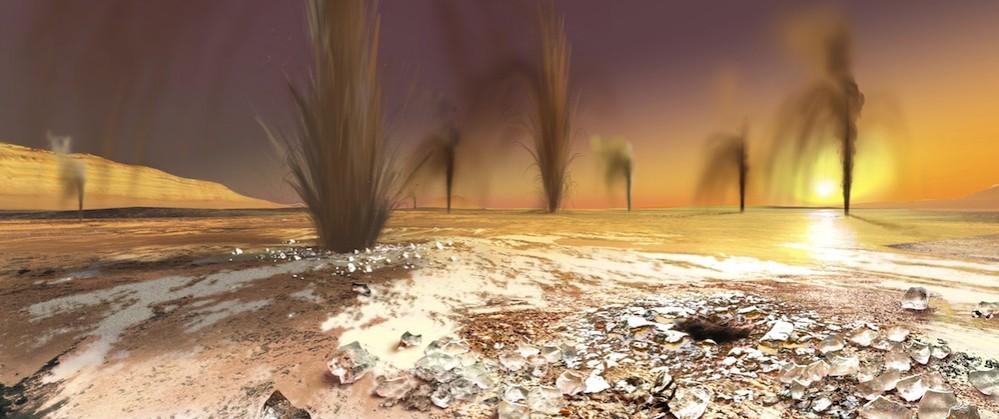
There is liquid water on Mars. Putting an end to decades of doubt and debates, scientists have finally found evidence that there is not just frozen water on the surface of Mars, there actually is a massive reservoir-like catchment of liquid water just under the surface of the red planet.
Scientists used radar to probe the Martian polar ice caps and have found a lake like structure just under the surface on Mars. It is about 20 km across, say the researchers in a release. This find was made using the Mars Express spacecraft and its on board Mars Advanced Radar for Subsurface and Ionosphere Sounding (MARSIS) instrument.
MARSIS uses radar pulses that go deep into the surface of Mars. When pointed at the surface ice caps of the planet, it measures how radio waves penetrate and reflect back to the spacecraft. The nature of reflections off the subterranean features offer scientists information about exactly what lies beneath the surface and the data says there is liquid water.

The readings were taken between May 2012 and December 2015, says the release. Researchers used MARSIS to survey the Planum Australe- the southern ice cap of Mars.
Mars' southern polar ice cap has a thickness of about 3,000 metres, reports NASA in an unrelated study, it is similar to the northern one and spreads about 400 km and it is elevated about 6 km higher than Martian sea level. Planum Australe's highest point lies about 180 km from the South Pole. On Mars, "polar materials" actually extend hundreds of kilometres toward the equator along the 150° east longitude, says NASA.
The lake was found under this ice. While the temperature is expected to be well below freezing point, only pure water freezes at 0 degrees, notes the release. Mars is famously rich in magnesium, calcium, and sodium which could have all dissolved into the water, forming a brine and dropping the freezing point of water much lower. The weight of kilometres worth of ice above it could also be keeping the water in a liquid state, the researchers say.
MARSIS was used to obtain about 29 sets of readings, mapping out an a region about 1.5 km below the surface ice, extending to about 20 km. The mapping followed an area exhibiting a sharp change in associated radar signals, notes the release. The radar profile of this sub-surface Martian lake is similar to lakes found under the Antarctic and Greenland ice sheets here on Earth, this suggests that there is indeed a subglacial lake on Mars.
The study was first published in the journal ScienceMag.


















